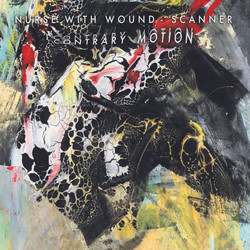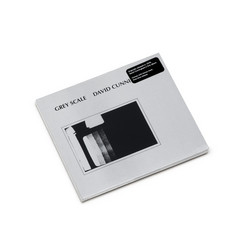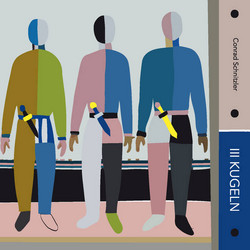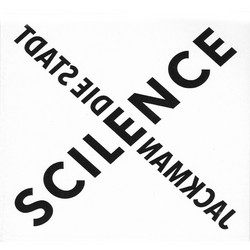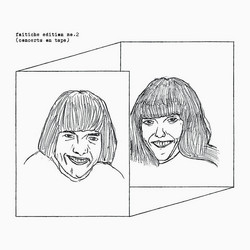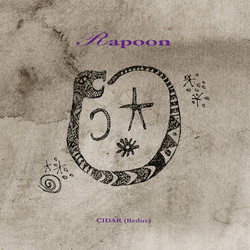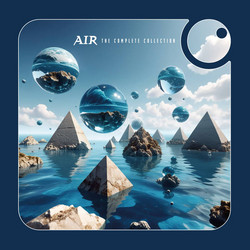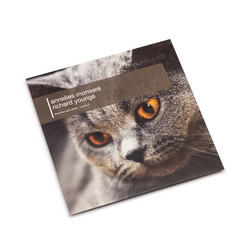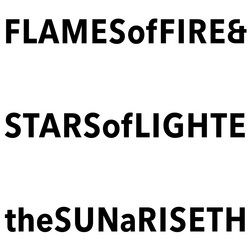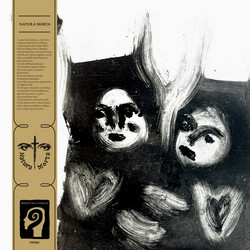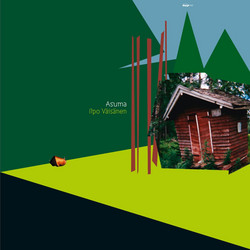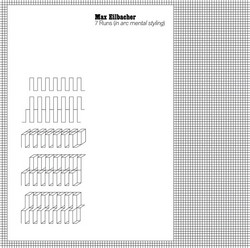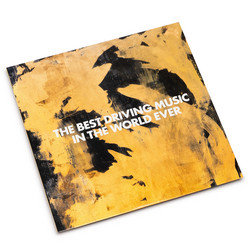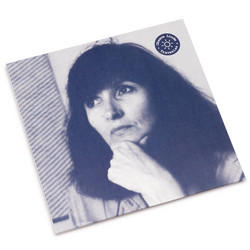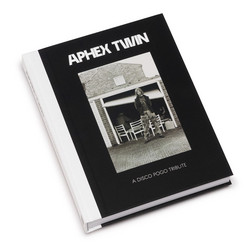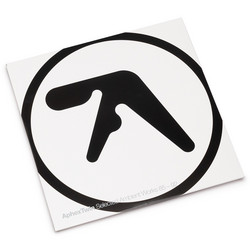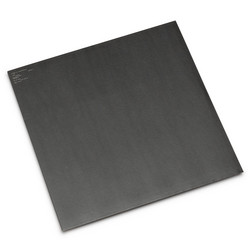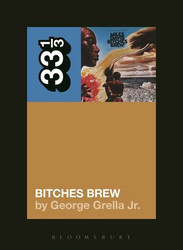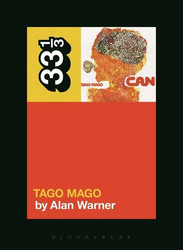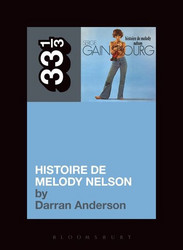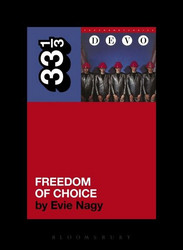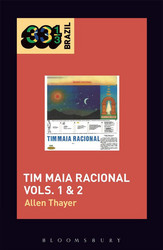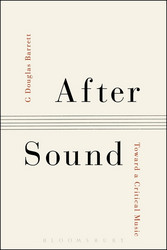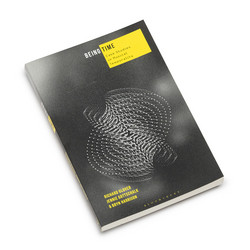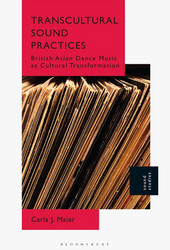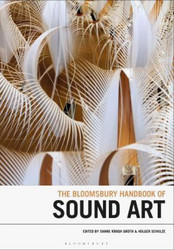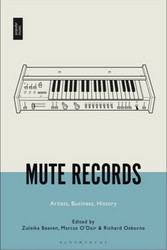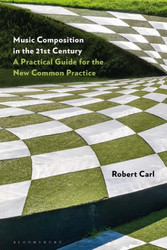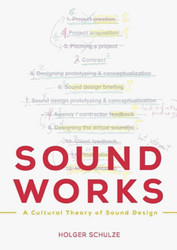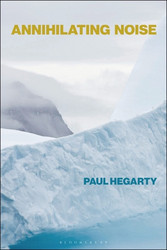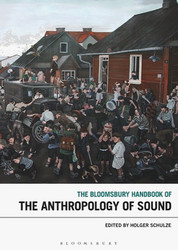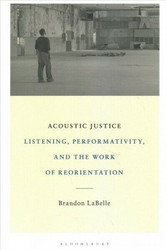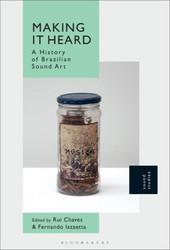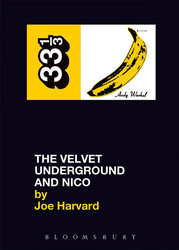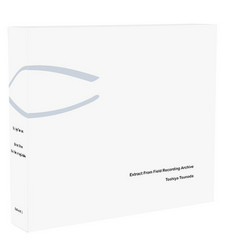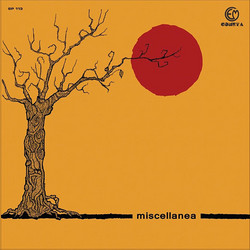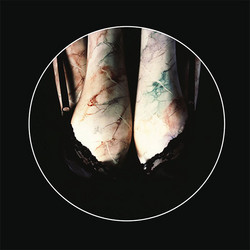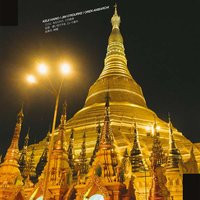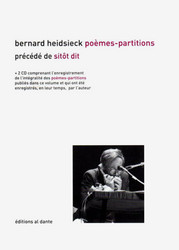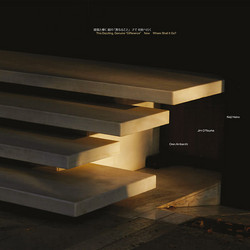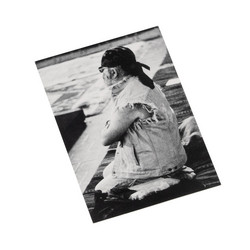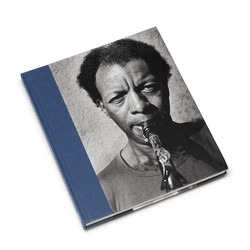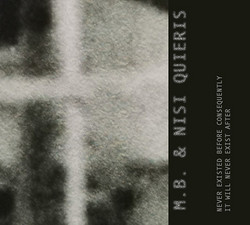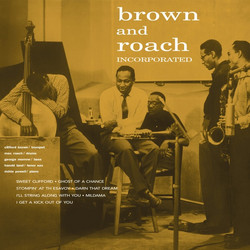Marc Weidenbaum, Aphex Twin
Selected Ambient Works Volume II (Book)
Extravagantly opaque, willfully vaporous - Aphex Twin's Selected Ambient Works Volume II, released by the estimable British label Warp Records in 1994, rejuvenated ambient music for the Internet Age that was just dawning. In the United States, it was Richard D. James's first full length on Sire Records (home to Madonna and Depeche Mode) under the moniker Aphex Twin; Sire helped usher him in as a major force in music, electronic or otherwise.
Faithful to Brian Eno's definition of ambient music, Selected Ambient Works Volume II was intentionally functional: it furnished chill out rooms, the sanctuaries amid intense raves. Choreographers and film directors began to employ it to their own ends, and in the intervening decades this background music came to the fore, adapted by classical composers who reverse-engineered its fragile textures for performance on acoustic instruments. Simultaneously, “ambient” has moved from esoteric sound art to central tenet of online culture. This book contends that despite a reputation for being beatless, the album exudes percussive curiosity, providing a sonic metaphor for our technologically mediated era of countless synchronized nanosecond metronomes.
“Marc Weidenbaum packs a lot into these 130 pages: a mini-biography of a ground-breaking artist, a capsule history of ambient music, and an example of how digital technology determines how we hear and interpret music.” – Stephen M. Deusner, Pitchfork
“Weidenbaum ... is a lucid listener. His book offers deep insights into what makes the individual tracks so startling.” – The Wire
“Weidenbaum avoids an obvious track-by-track breakdown, instead focussing on creating a narrative of the album's history and reception through the book's seven chapters. Nevertheless there are several highly compelling accounts of tracks from the album, providing the attentive and imaginative readings that form the book's backbone. ... Weidenbaum is at his best when he writes about the non-musical issues of the album ... [His] journalistic tone leads the reader effortlessly through his carefully constructed narratives, always respectful of Aphex's artistry without ever falling into uncritical hagiography. ... One of the biggest appeals of SAW II lies in the invitation to find meaning in it and Weidenbaum's account is the perfect vehicle to do this, helping the listener to connect up the disentangled sonic fragments and re-assemble them in a personal way.” – Dancecult: Journal of Electronic Dance Music Culture
“It's not easy writing about ambient music. It is hard to describe how it sounds, and it is also hard to describe how it makes you feel. Weidenbaum avoids these problems by writing about the track listing, the names of the songs, the circumstances of the creation of the album, the reception of the album, and how it was used in movies...Some of Weidenbaum's approaches to discussing the album are illuminating. He explains how SAW Vol II was developed for chill out rooms at raves when people were coming down from long hours of dancing and drugs, and they needed something both restful and energizing.” – Christian Perring, Metapsychology Online Reviews
“If you're already a fan of Aphex Twin, you'll revel in Weidenbaum's deep dive into one of the artist's signature works. If not, you'll be surprised to learn that you've likely already heard his music in one form or another.” – S.T. Vanairsdale, The City (SacTownMag.com)
“the 'extravagantly opaque, willfully vaporous' chillout room masterpieces of electronic composer Richard D. James, aka Aphex Twin -- basically what everyone in the 1990s listened to as they swept up/came down after the rave -- get the business from incisive SF writer and archivist Marc Weidenbaum. And really, the pairing couldn't be any more delicious.” – Marke B., San Francisco Bay Guardian
“Like all good critical studies, Aphex Twin's Selected Ambient Works Volume II doesn't provide the illusion of closure; rather, it expands minds, fostering the creation of textual meaning. I can offer no higher praise.” – Caught in the Carousel, Paul Gleason
- Paperback
- 144 pages

